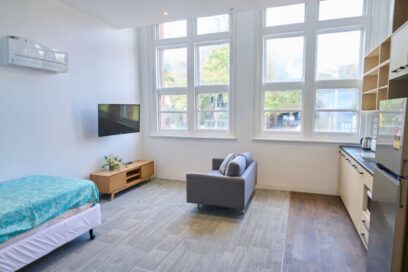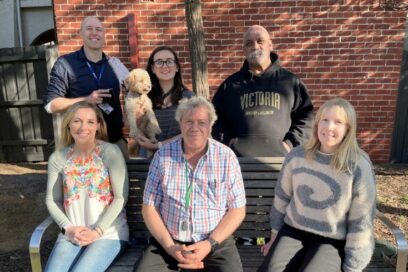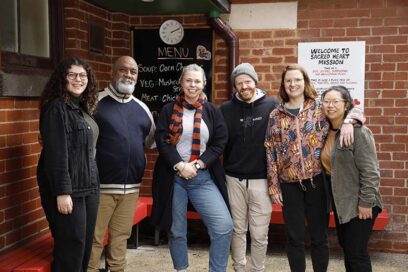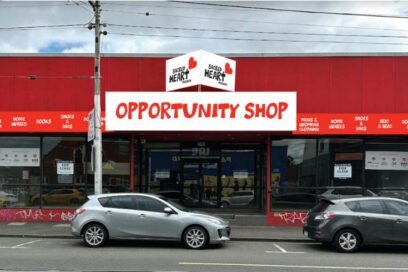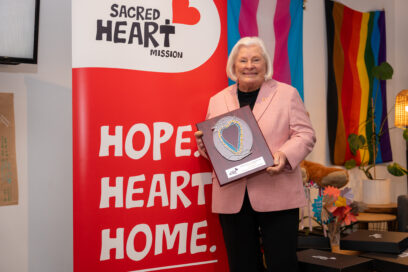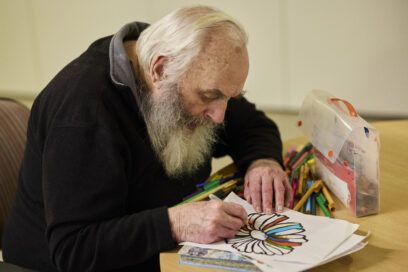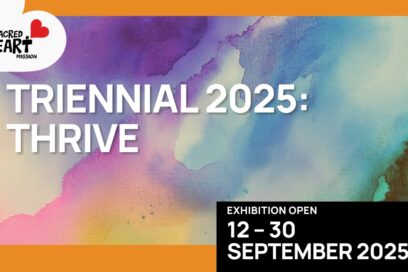Reducing depression, anxiety, stress, drug use and nights spent in drug and alcohol rehabilitation, while keeping people housed and feeling safe, has been proven possible, once again, for people experiencing chronic homelessness through a housing-first approach, according to the latest Australian research.
During Homelessness Week, on Monday, 3 August, Sacred Heart Mission (SHM) officially released Ending Chronic Homelessness in Melbourne: Outcomes of the Journey to Social Inclusion Phase Two Study, demonstrating this year’s theme ‘Everybody needs a home’, is the solution that works.
SHM started working with 64 people as part of its J2SI program in 2016 and placed them into housing, and continued working with them over three years to improve their health and wellbeing, increase their employment opportunities and reconnect them with family.
Cathy Humphrey, CEO, says SHM reported 82.5 per cent of people were housed at the end of the three years, despite a challenging housing environment in Victoria.
“The research also measured the participant’s sense of safety, which is a key determinant to the suitability and sustainability of people’s housing that leads to a sense of home,” Cathy says.
“Of the J2SI participants interviewed, 40.5 per cent reported they felt safe ‘all of the time’, which is three times greater than at the beginning of the study.”
Professor Paul Flatau, study lead and Director of the Centre for Social Impact at The University of Western Australia, says the final survey found 62.2 per cent of people were housed at the end of the program compared with 28.3 per cent for those in the randomised control group, who were using existing services (Note: 37 J2SI participants completed the final survey).
Paul says the other key outcomes achieved via J2SI Phase Two study were significant health and wellbeing improvements, which benefit people in the program but also contribute to significant cost savings to government and the community.
“The study also assessed a person’s physical and mental health, with a 21.6 per cent reduction in illicit substance use, as well as self-reported reductions in depression, anxiety and stress levels,” Paul says.
“Nights spent in drug and alcohol rehabilitation decreased to an average of 3.62 nights (in the 12 months prior to the final survey) from 10.73 nights (in the year prior to Baseline).”
Paul says this report shows permanent housing will lead to improved outcomes across health and wellbeing over time.
“The evidence continues to support J2SI is one of the most effective programs to end homelessness in Australia and I am looking forward to seeing what SHM delivers with J2SI Phase Three assisting 180 people (60 per year for three years) experiencing chronic homelessness in Melbourne.”
Overall statistics from the report show:
A highly vulnerable population
- 179 people experiencing chronic homelessness participated in the study
- 12% identified as Aboriginal or Torres Strait Islander
- 68% were male with an average age of 40
- 32% were female with an average age of 41
- 13 people died during the study.
Housing
- 82.5% of J2SI participants were housed at the end of the program (SHM data)
- More J2SI participants were in housing (62.2%) than the comparison group (28.3%) in the final survey
- 40.5% of J2SI participants felt safe in their housing “all of the time”; three times the number at the beginning of the study.
Health and wellbeing
- Self-reported depression, anxiety and stress reduced for J2SI participants
- J2SI participants reported a reduction in illicit substance use from 86.5% at the start to 64.9% at the end of the program
- Nights spent in drug and alcohol rehabilitation decreased to an average of 3.62 nights (in the 12 months prior to the final survey) from 10.73 nights (in the year prior to Baseline).
Justice and economic participation
- More J2SI participants reported participating in the labour force (employed or looking for work) than the comparison group
- J2SI participants reported that they were stopped by police an average of 2.38 times (in the 12 months prior to the final survey) compared to 5.75 times for the control group.
Cost benefit analysis
- Mean health services costs (for the 12 months prior to the final survey) were lower for J2SI participants ($20,656) than the comparison group ($26,738)
- Mean justice service costs (for the previous 12 months) were lower for J2SI participants ($5,515) than the comparison group ($7,386)
- For every $1 invested in the J2SI program, $1.84 is returned in health and justice cost savings compared to the comparison group.
The J2SI Phase Two Research Study produced a quantitative report and a qualitative report and was led by Professor Paul Flatau, Director of the Centre for Social Impact, University of Western Australia.
Members of the research team are (listed in the report) from School of Health Sciences, Swinburne University of Technology, School of Population Health, the University of Western Australia, National Drug and Alcohol Research Centre, the University of New South Wales, School of Sport Science, Exercise and Health, the University of Western Australia, Department of Statistics, Data Science and Epidemiology, Swinburne University of Technology.
A snapshot version of the report and a full version are available to download here.
Following on from Phase Two, J2SI Phase Three is being implemented thanks to Victoria’s first Social Impact Investment with the Victorian Government to support 180 people in Melbourne from August 2018.
SHM commenced the third and final intake of clients for Journey to Social Inclusion (J2SI) program in August 2020.
Note to media: a collection of quotes and anecdotes from J2SI Phase Two clients are available on request.
CONTACT
Holly Cooper
Communication and Advocacy Manager
Email: hcooper@sacredheartmission.org
Phone: 0424 137 763




